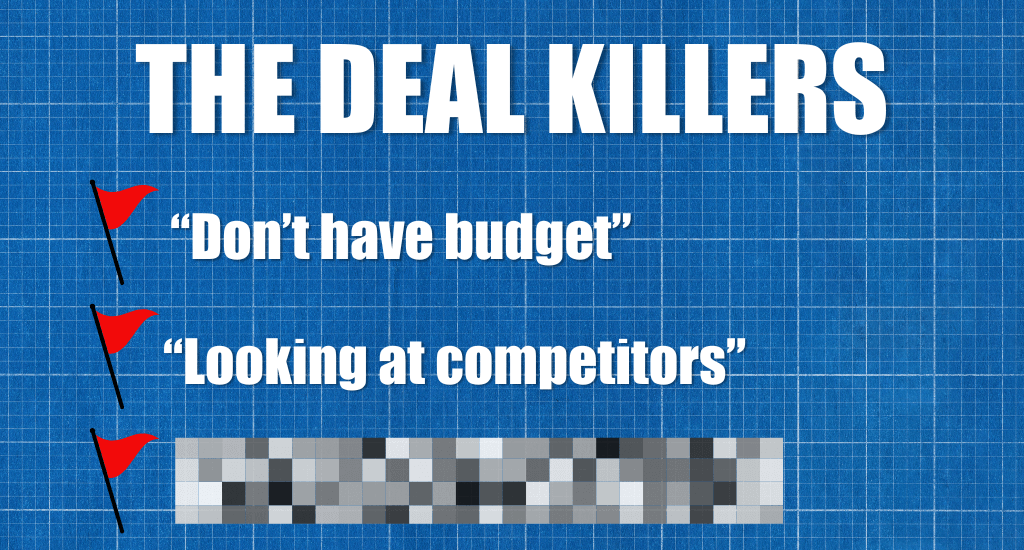Good morning, and welcome to the first unofficial day of Fall. Aka, the day the Pumpkin Spice Latte returns to the Starbucks menu. Starbucks is expected to sell roughly 20 million of those things this year, which is a great reminder of the most important lesson in sales: scarcity increases value. Limit the window for buying, create FOMO, and sell a whole lotta coffee. Now let’s get into today’s Follow Up. (:
How to offer discounts 🤝
Kill your deal before it kills itself 🔍
The roadmap for $10M ARR 📈
Sales jobs & a meme 😂
Sales Tip of The Day 💡
When you’re negotiating with a prospect, don’t offer a discount unless there’s a tradeoff.
❌ “I can do 10% off if that helps.”
✅ “I can make the price work if we can commit to [longer term /upfront payment/ case study /fewer features]. Does that sound fair?”
When you discount without removing features or adding terms, you’ll lose your prospect's trust. Because if you could discount 10% for no reason, you could probably discount 20% as well.
Discounts are powerful, but make sure you have a reason for them.
Masters in Marketing
Good marketing isn’t luck, it’s strategy.
Your inbox is missing the insights that actually matter.
Masters in Marketing delivers strategic intelligence from viral campaigns and billion-dollar brands. Get behind-the-scenes breakdowns, actionable frameworks, and expert analysis—minus the jargon.
Stop settling for surface-level content.

Kill The Deal So You Can Save it
Picture this… You're at the end of a long sales cycle. Months of calls, demos, and proposals. Then suddenly, out of nowhere, the deal dies.
Maybe a hidden stakeholder killed it. Maybe the budget got cut. Or maybe that small issue they mentioned, but you ignored, actually became a deal breaker.
Every experienced sales rep has felt this pain. Everything seems to be going according to plan, then boom. No deal.
But what if you could see these problems coming and fix them before they killed your deal?
Today, I’m breaking down the hack that helps you find deal-killers, sell against them, and stop them before they become an issue.
The Pre-Mortem Discovery
A pre-mortem is (you guessed it)… the opposite of a post-mortem.
Instead of asking why a deal died after it happens, you pretend it's already dead and work backwards to find what would have killed it.
You fast-forward (hypothetically) to the future where the deal fell through. Then you ask: "What went wrong?"
When you imagine the failure already happened, your brain gets better at spotting threats.
How to Run a 5-Minute Pre-Mortem
You can do this hack with your prospect in just five minutes.
Early in your sales process, try saying something like: "Let's imagine it's three months from now, and your team decided not to move forward with us. What do you think went wrong?"
This opens up the floor for your prospects to share negative thoughts, even when they’re not exactly what you want to hear.
Listen carefully to their answers. They’re really, really important.
Responses include:
"Our CFO is known to cut the budget."
"We’re reviewing a few competitors that could be a better fit."
"We might decide to do this in-house instead."
"We might find a better price somewhere else."
Their response to this question tells you what’s most important to them, and the threats that stand in the way of your commission check deal.
Turn The Problems Into Action Plans
Once you know what could go wrong, it’s time to prevent it.
Most likely, there’s going to be 1-2 major threats they tell you about, and those are the factors to prioritize.
If they worry about budget cuts, talk pricing, and get finance involved early. Help them build a strong business case with ROI numbers.
If they’re considering doing it in-house, focus on building trust and certainty with the stakeholders. They need to trust you’d do a better job than they could.
If they’re talking with competitors, find out which ones, and sell the things you do better.
Each risk becomes an action item you can tackle before it becomes the reason for killing the deal.
Stay Accountable
Finding problems is only half the battle. Following through is what matters.
Create a shared doc with your prospect that lists each risk and who's responsible for fixing it. Review this list in every meeting. Ask direct questions like "How did the meeting with your CFO go?".
When prospects see you tracking every detail and following through on commitments, they take the process more seriously, too.
You’ve done all the work to figure out the risks, so don't let them take out the deal now.
What kills most of your deals?



